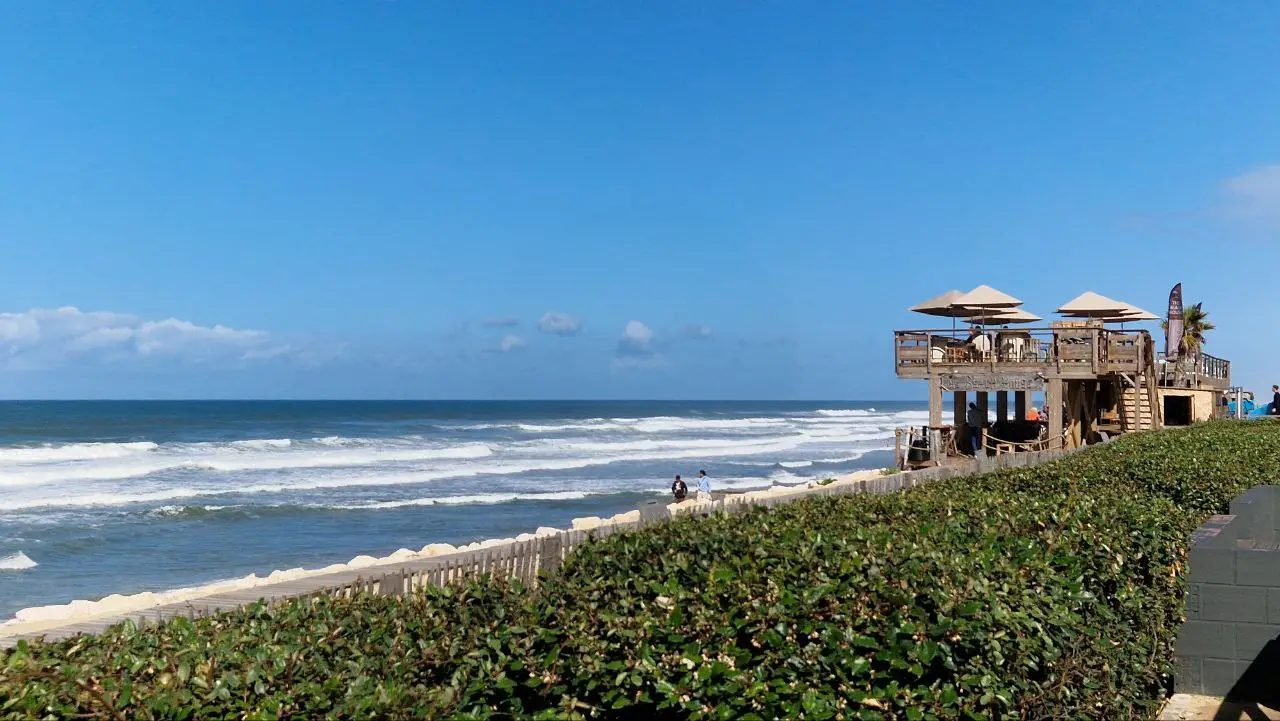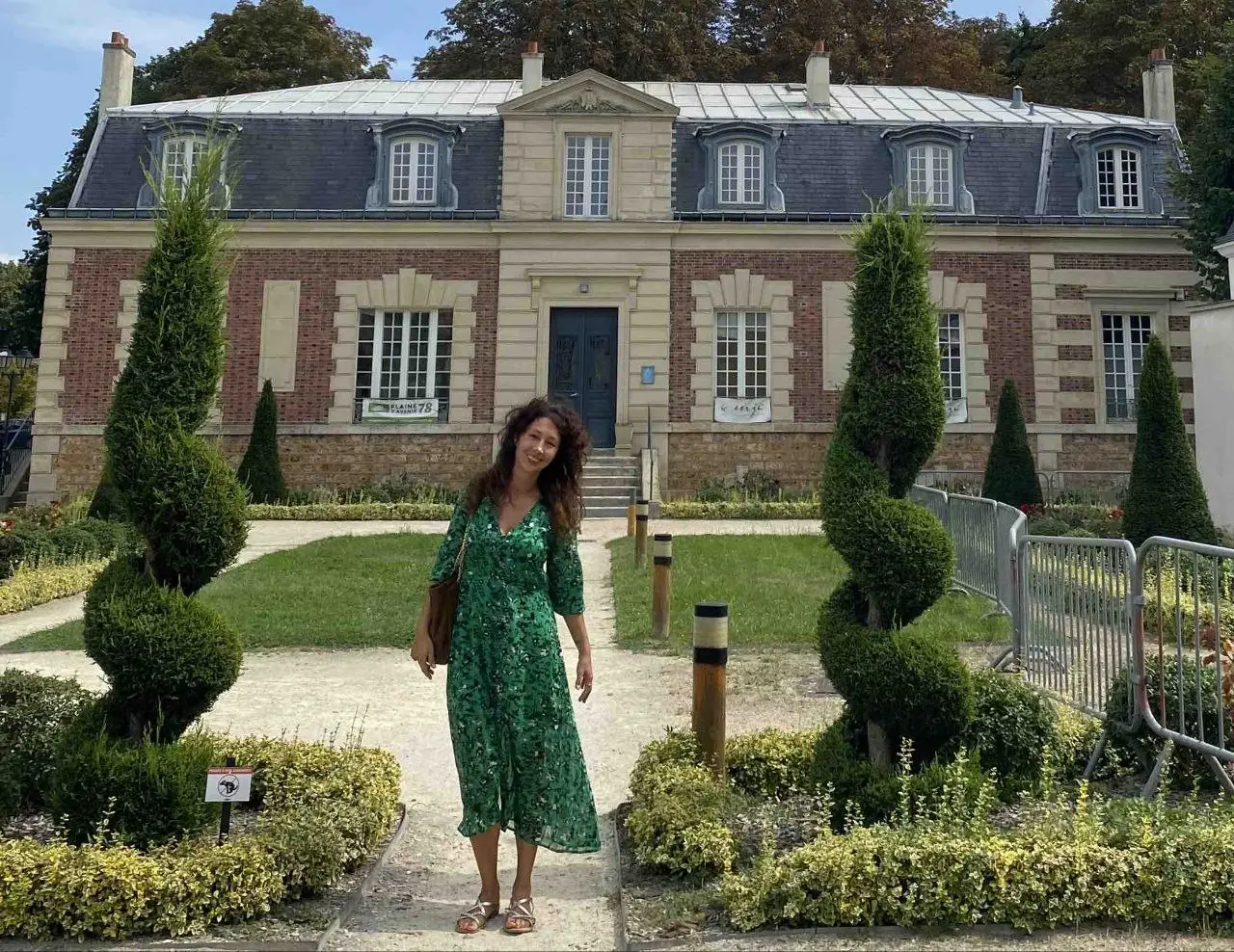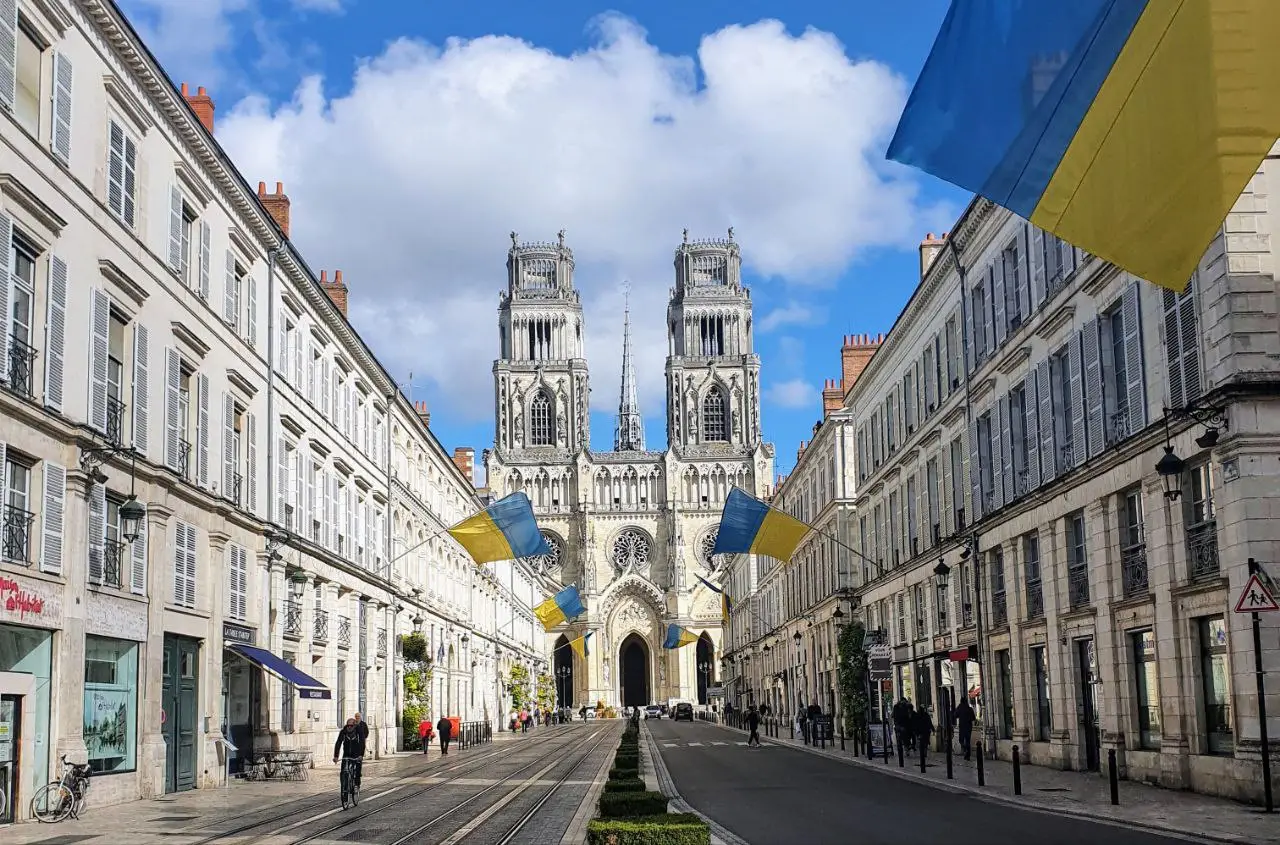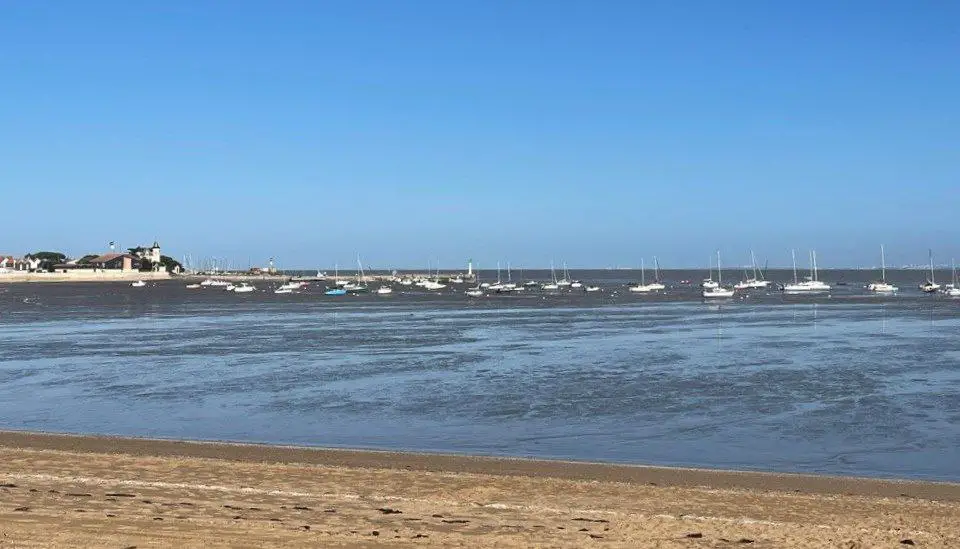Gardens of Versailles: a symphony of landscape architecture
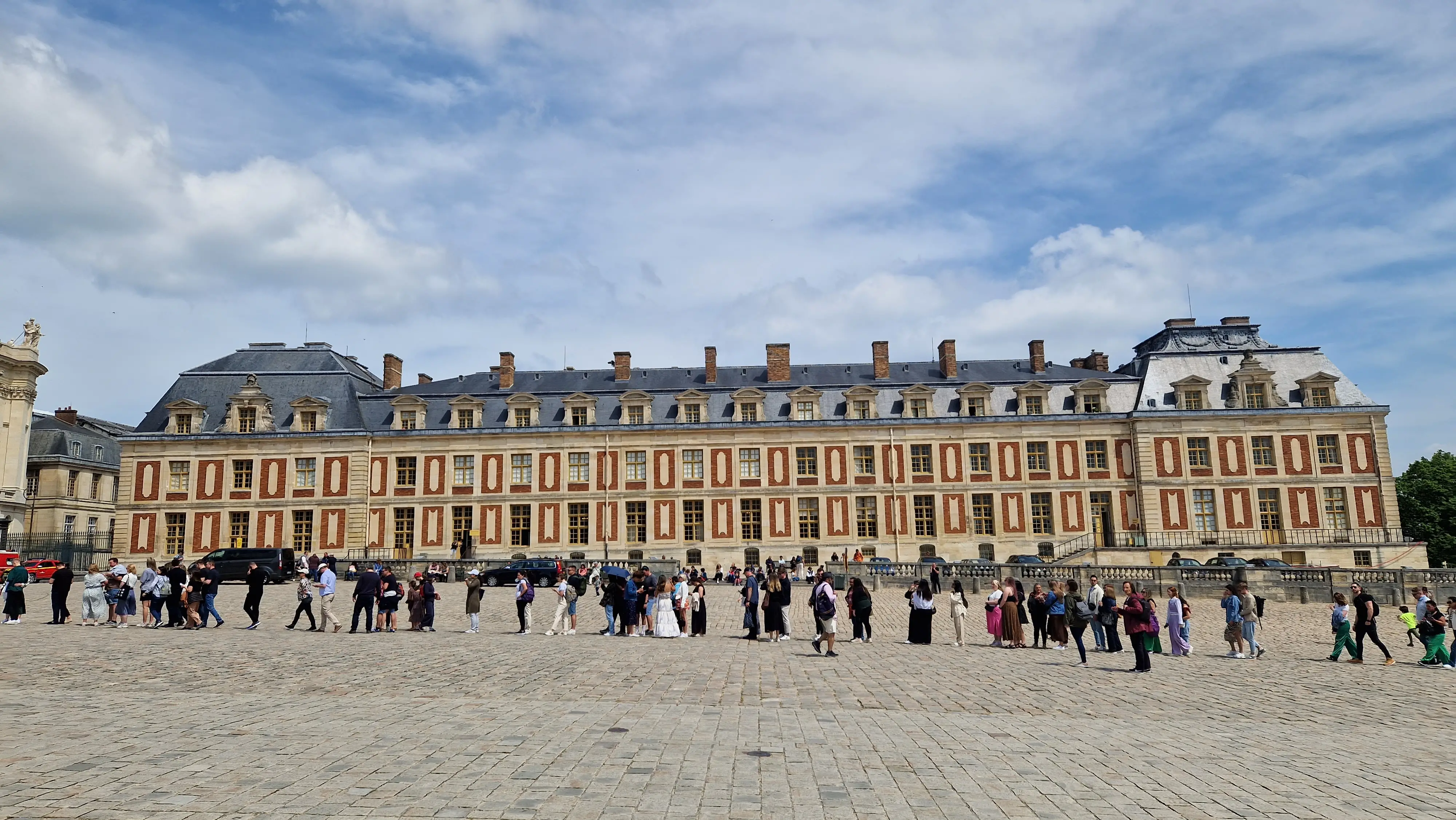
The history of the creation of the gardens of Versailles and why this landscape masterpiece continues to inspire and amaze modern visitors
If you are traveling to Paris, be sure to plan a visit to Versailles, one of the most famous palace and park complexes in the world. Versailles is impressive in its luxury and history, and it is a place not to be missed during your visit to France. Even if you are short on time, don't worry — the Versailles Gardens are a unique gem in themselves, and well worth seeing. A walk through these majestic landscapes full of symmetry, fountains and ancient statues will transport you to an era of royal luxury.
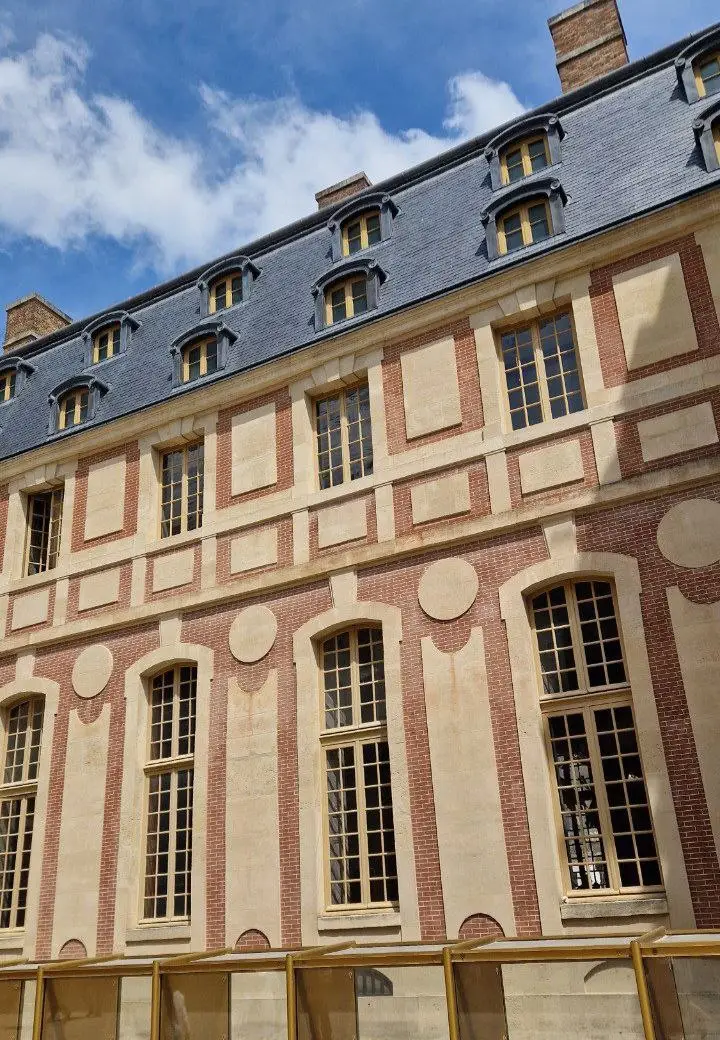
The Palace of Versailles impresses with its scale, but it is the gardens of this complex that make it truly unique. These are not just decorative plantings, but a large-scale work of art that has become one of the symbols of Louis XIV's power. The gardens of Versailles have become a benchmark for landscape design that has inspired and continues to inspire architects and artists around the world. But what makes these gardens so special?
The history of the gardens: from the ambitions of Louis XIV to the present day
The gardens of Versailles were laid out in 1661 by order of Louis XIV. The monarch sought to create a place that would not only emphasize the greatness of his reign, but also become the personification of royal power. The famous landscape architect André Le Nôtre was tasked with developing a grandiose project that would change the appearance of the residence and its surroundings.
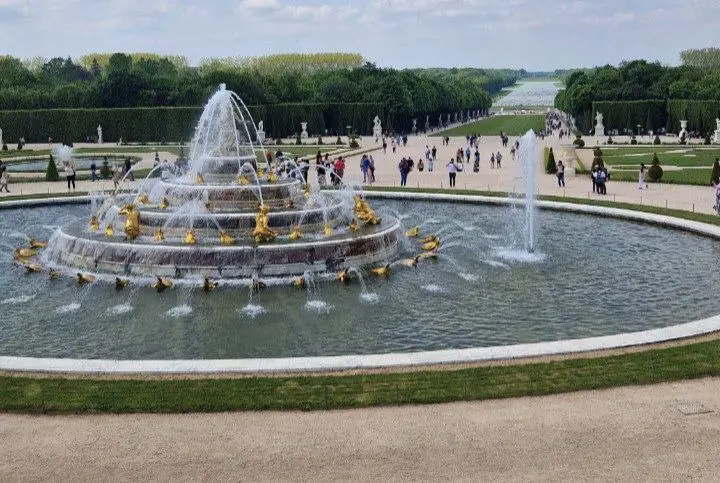
Creating the gardens of Versailles was a real challenge for Le Nôtre and his team. They had to drain the swamps, level the land, and carry out engineering work to provide water for the numerous fountains. To realize these plans, an extensive system of aqueducts and canals was created to supply water to the fountains and pools.
Geometry and order: the concept of the "French garden"
The gardens of Versailles are a prime example of a classic “French garden” where the main principle is harmony, symmetry, and control over nature. Large parterres — open areas decorated with floral patterns — demonstrate attention to detail and perfect geometry. The clear lines of the alleys and lawns emphasize the desire for order and harmony that symbolized royalty.
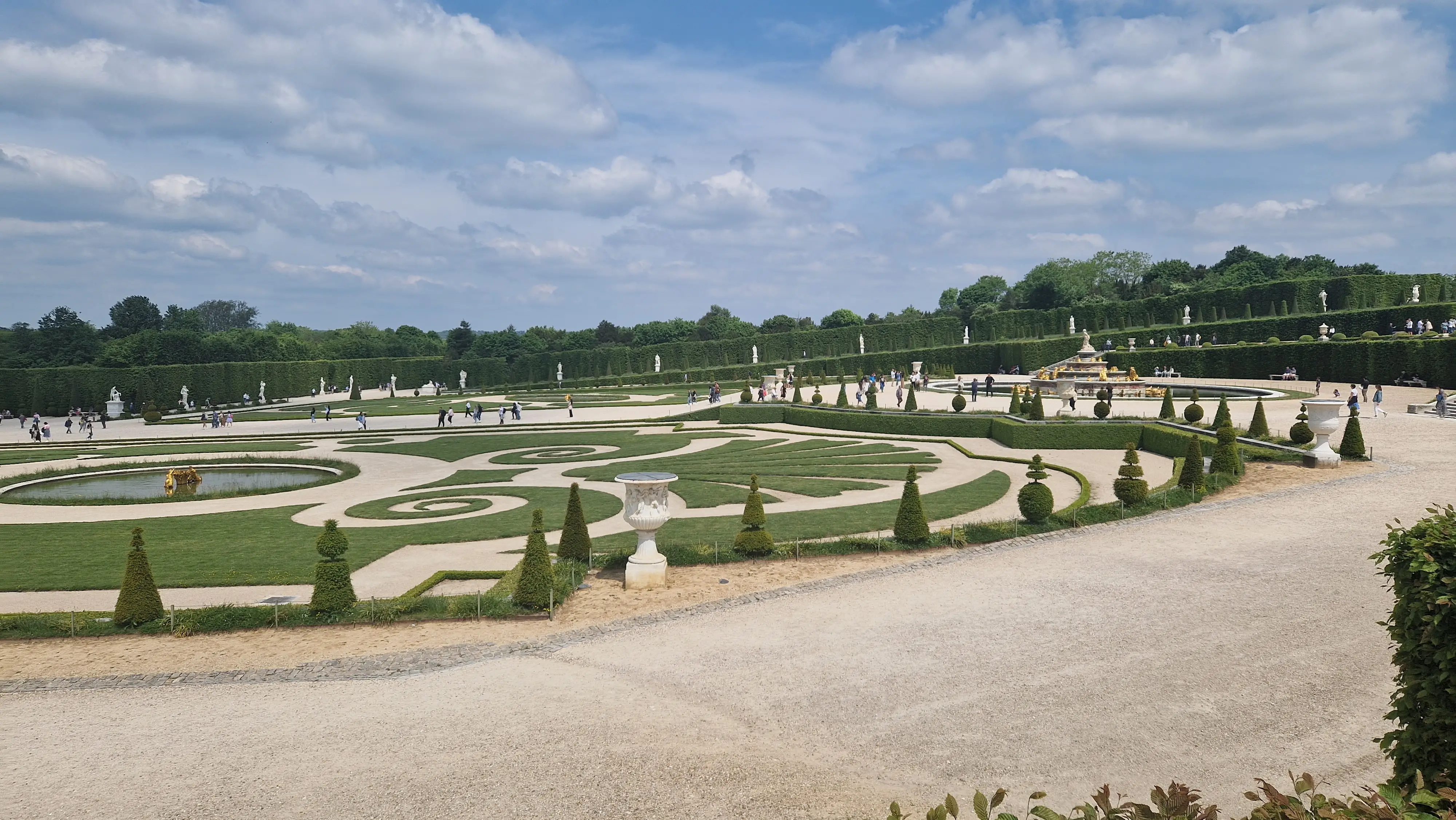
One of the most impressive elements of the gardens is their scale. The Park of Versailles covers an area of more than 800 hectares, and every part of this space is carefully designed. But it's not just the scale that makes these gardens unique — every detail, from statues to flower arrangements, creates a unique atmosphere.
The Grand Canal: the heart of Versailles' water system
One of the central elements of the gardens of Versailles is the Grand Canal, a huge waterway stretching for 1.5 kilometers. The appearance of this canal gives the landscape a sense of boundlessness, and at the same time emphasizes a clear symmetry. In the time of Louis XIV, magnificent naval battles were held here, during which replicas of warships competed on the water.
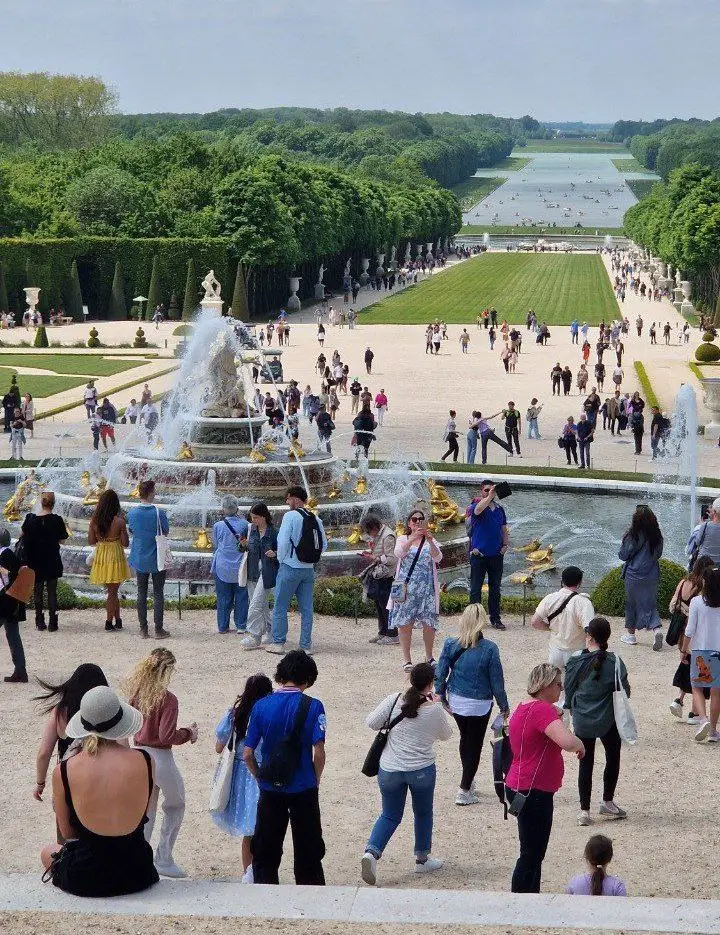
The canal not only served an aesthetic function but also provided water for the gardens. The courtiers walked along its banks, enjoying the calmness of the water surface, which reflected the surrounding beauty of the gardens and the palace.
Musical fountains: royal shows of water and music
Fountains deserve special attention in the gardens of Versailles. There are more than fifty of them, and each of them has a unique design. The most impressive is the Apollo Fountain, which symbolizes the rising of the sun god, the patron saint of Louis XIV. Apollo, drawn by fiery horses, rises from the water, emphasizing the divine nature of the king.
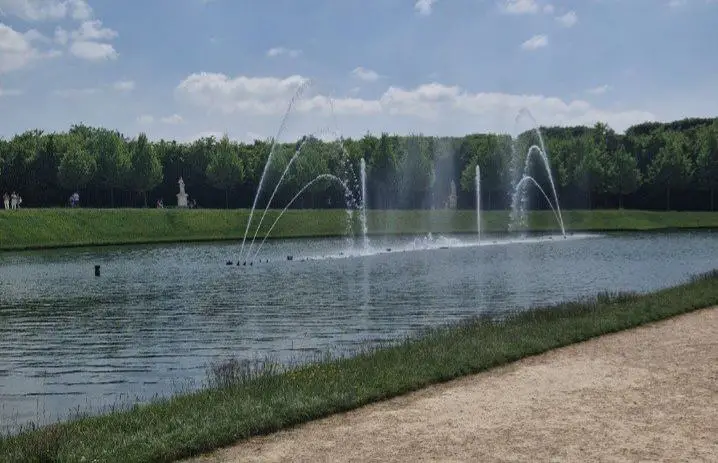
Fountains in the gardens of Versailles are not just decorative elements. In the summer months, they become part of the famous show “Musical Fountains”. To the sounds of classical music, the water in the fountains begins to “dance”, creating unsurpassed visual effects. This is a celebration of water and light that immerses the audience in the atmosphere of royal festivities.
Petit Trianon: a cozy corner for a royal vacation
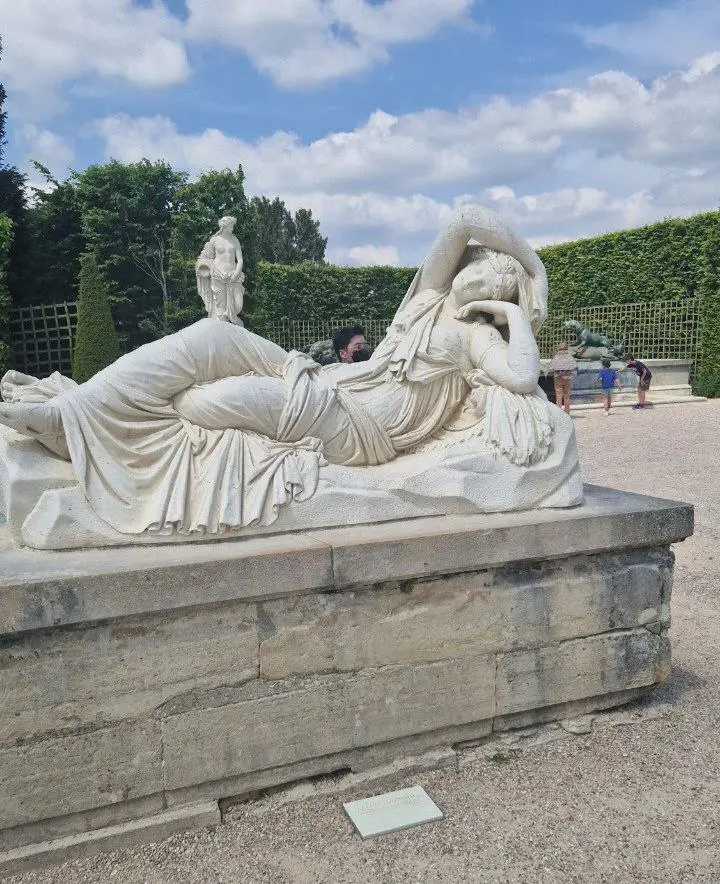
In contrast to the grandeur of the central gardens, the Petit Trianon offers a more intimate and cozy space. This residence, located in the park, was a favorite place of Marie Antoinette, who sought to escape from the official ceremonies of Versailles. The Petit Trianon and the adjacent gardens are an example of simplicity and naturalness, contrasting with the grandiose geometry of the main parterres.
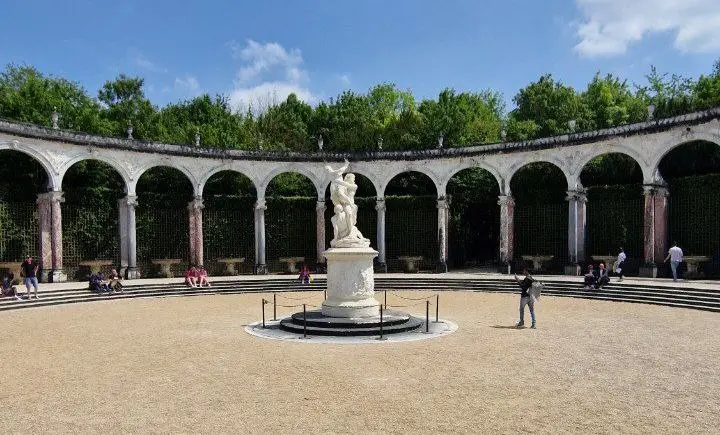
Here, the Queen enjoyed tranquility, surrounded by flowering gardens and a small farm she created on the grounds of Trianon. This space reflects the more human and personal side of royal life, where nature plays a role not only as a backdrop but also as a place for reflection and relaxation.
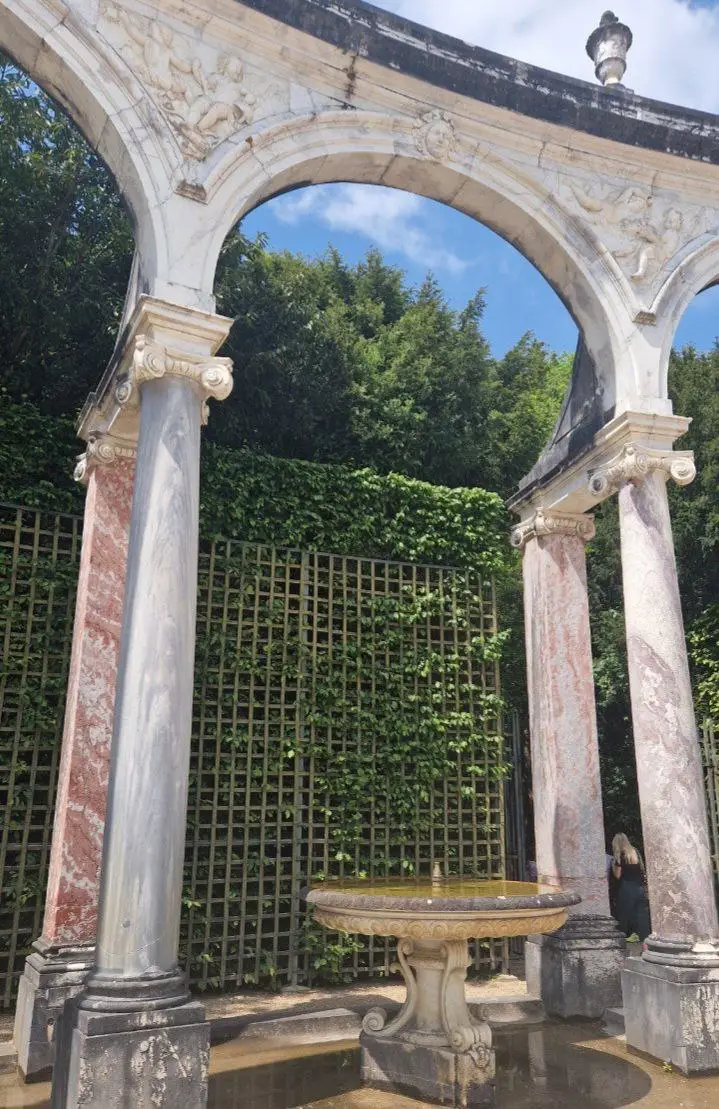
The gardens of Versailles today: the legacy of the kingdom and inspiration for contemporaries
Today, the gardens of Versailles are not only a historical monument, but also a place for cultural and artistic events. Exhibitions, concerts, theater performances are held here every year. Versailles became a unique platform where modern art interacts with classical architecture and landscape design.
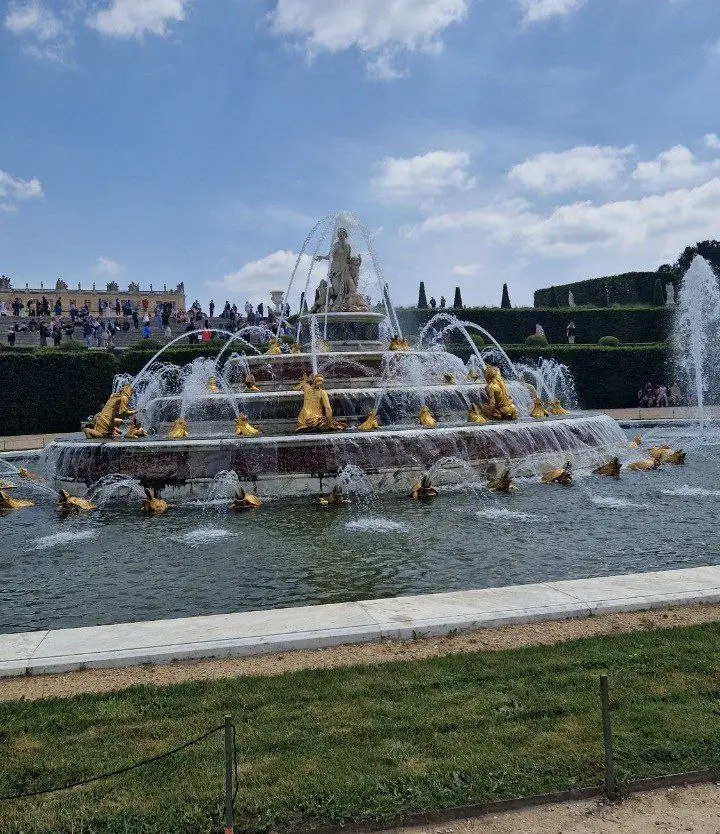
The gardens continue to be maintained in perfect condition, preserving their original form, but at the same time taking into account modern environmental requirements. Today's visitors can not only stroll along the grand avenues, but also learn more about the history and cultural heritage of France.
The Gardens of Versailles are a unique place where nature and art are combined in a harmonious symbiosis. They have become a symbol of greatness and beauty, which inspire reflection on man's power over nature and at the same time his dependence on harmony with the environment. It's no wonder that these gardens continue to fascinate visitors today.


